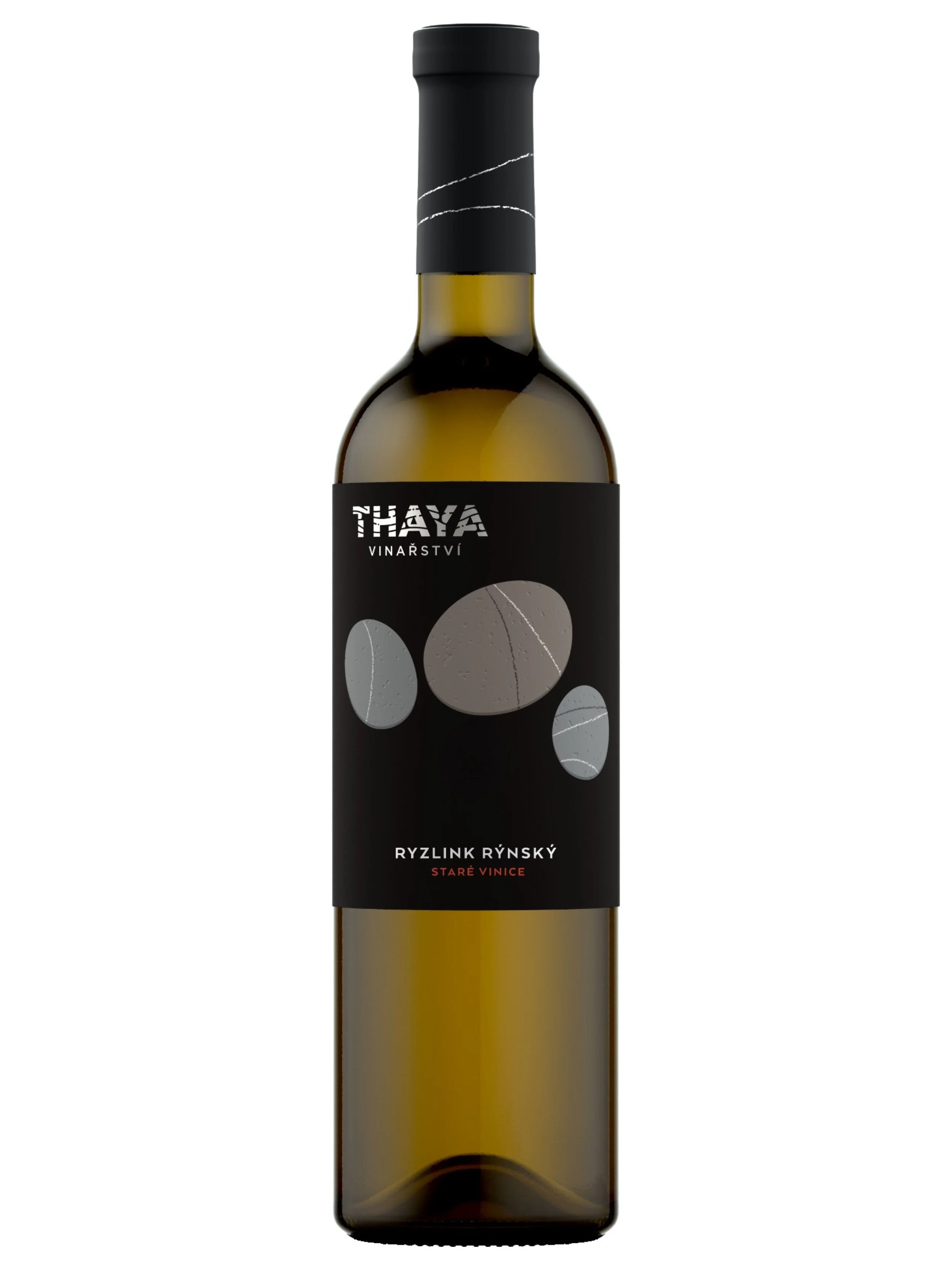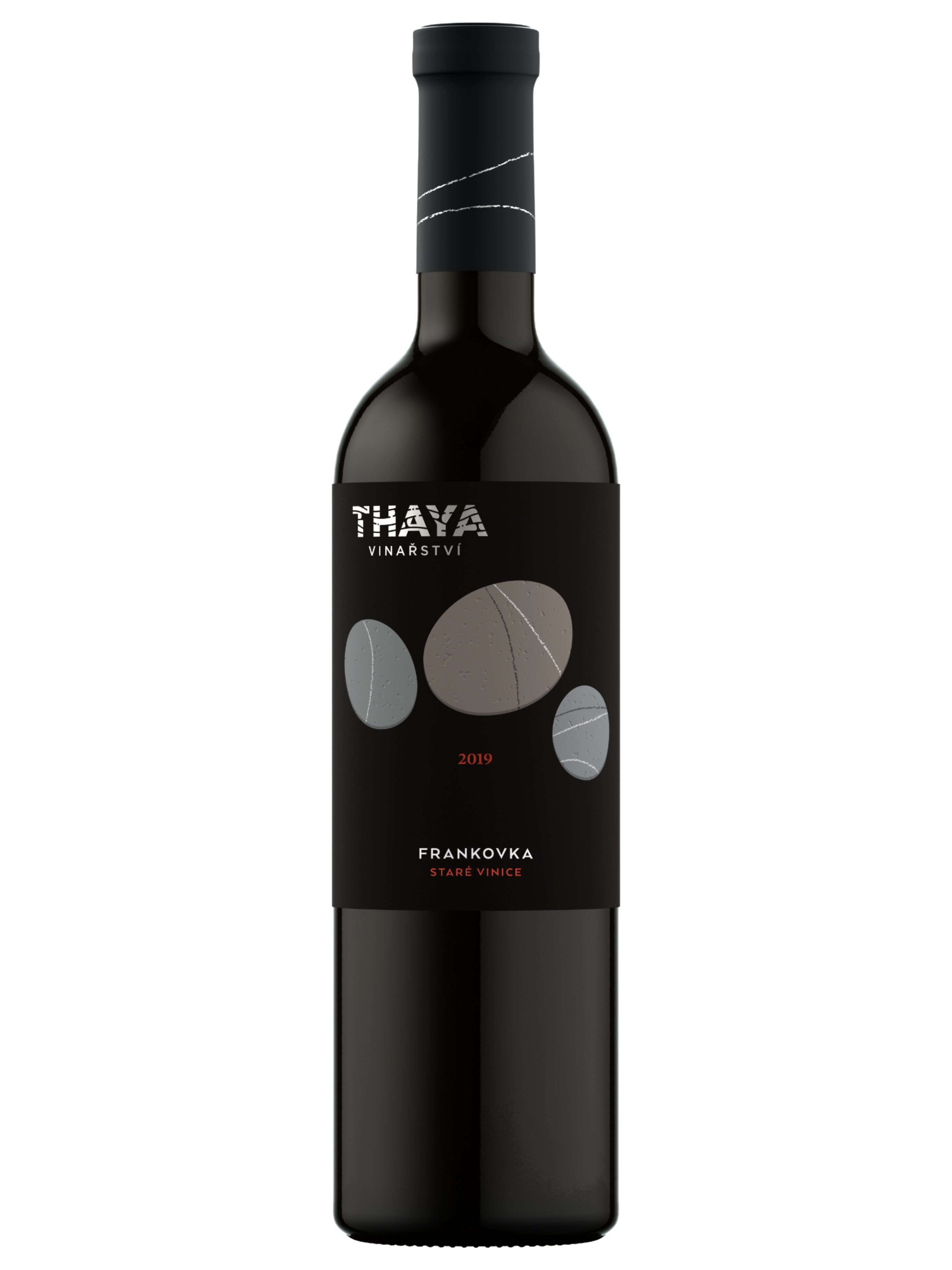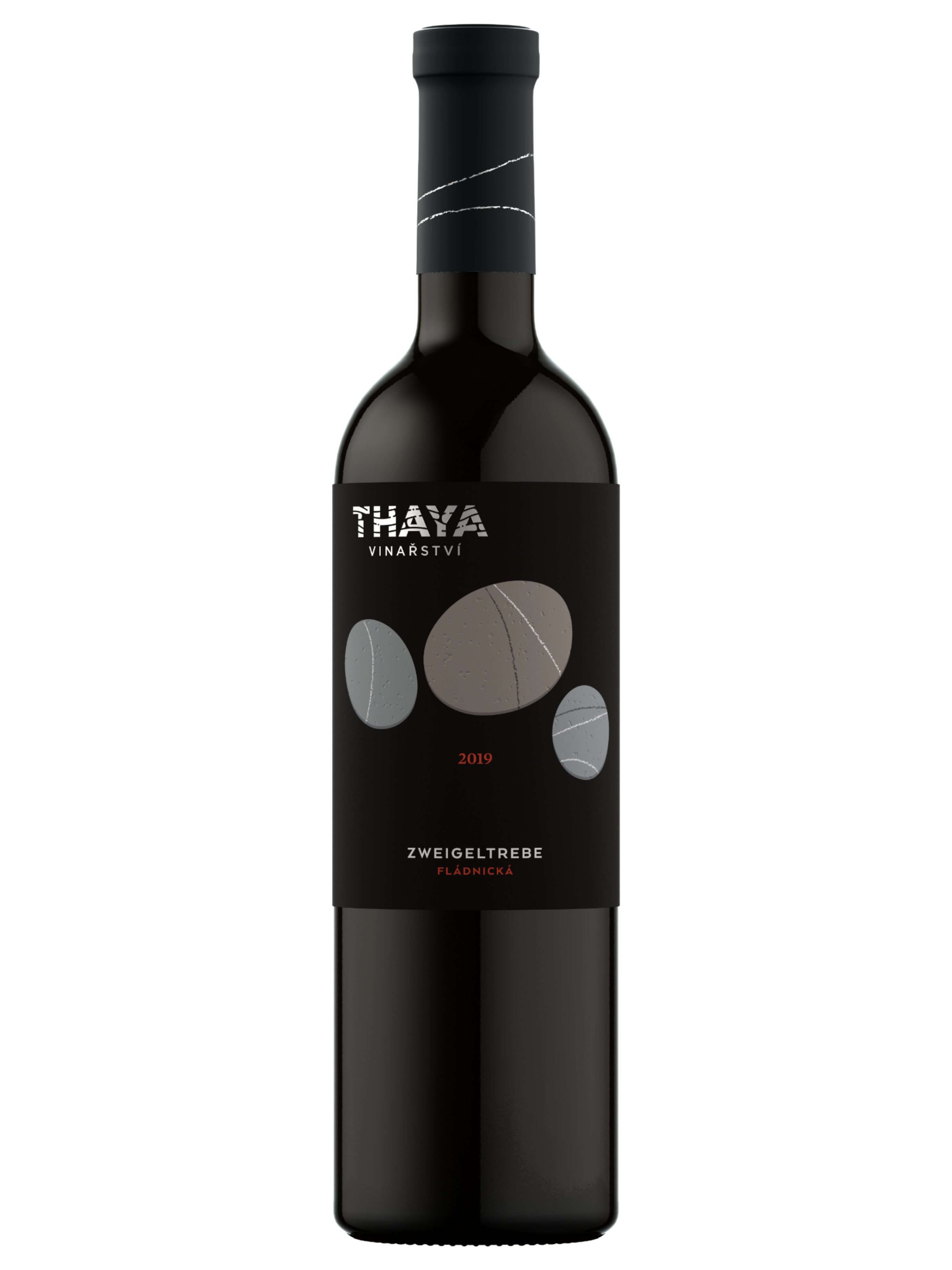Czech This Out
Americans know the Czech Republic for its medieval capital city of Prague, its tennis players and its beer. But it pretty much ends there. It is a small country, comparable in size to the state of South Carolina, and is landlocked, sandwiched in between Germany, Austria, Slovakia and Poland, so to get to it you usually have to go out of your way, and not just pass through. It’s rather lack of familiarity amongst Americans could also be explained by the relatively small number of Americans claiming Czech ancestry which, according to the US 2020 Census, is about 1 million people, compared to close to 31 million Americans claiming Irish descent, a country at about half the size of the Czech Republic.
Vero founder, Sheila Donohue, whose first career was in banking and technology, had a Czech banking client in Prague for many years, along with an apartment in Prague. This experience allowed her to get to know the Czechs, make some lasting friendships and appreciate the intricacies of the Czech culture.
Coinciding with the launch of Czech estate winery, Thaya, whose wines that we just imported and are making their US debut, let’s learn about this somewhat mysterious Central European country and its people, history and traditions. In doing so, Sheila interviewed her Czech friend and fellow wine enthusiast Pavel Ramert to get to know this country from an insider’s perspective.
Growing Up in the USSR
Map of the Czech Republic, courtesy of Wikipedia.
Pavel Ramert was born in Bohemia, the northwestern region of the Czech Republic, compared to the second largest region, Moravia, to the southeast 54 years ago while the country was part of Czechslovakia a satellite state of the USSR. His mother worked as a teacher and his father as a scientist. Pavel admits that as a young child his parents shielded him from the impacts of living under communist rule. It wasn’t until he was older that he found out that his father’s career possibilities were cut short because he was not a member of the Communist party, despite his mother being a member as an attempt to appease the political discrimination that the family underwent. By the time the Velvet Revolution came about in 1989, Pavel was attending university in Prague and then started to grasp the impact Soviet rule had on him and his family and on Czech society, including other impositions such as the lack of religious freedom and keeping Czech culture and traditions submerged.
When asked how Czechs feel threatened by Russia’s invasion of their neighboring country of Ukraine, Pavel said that while people are adverse to Russian’s invasion they are generally not concerned about Russian threats to their country.
Some Cultural & Wine History
Landscape in South Moravia wine country at Thaya estate winery.
The Czech Republic is a nation that was often ruled by other countries and empires, so the cultural identity of the Czechs is a bit obscure. The book The Czechs in a Nutshell gives you a peak into the society with background to give you an idea of how history has shaped the viewpoints and cultural norms of the Czechs. For example, as even Pavel pointed out, the “Czechs do not have a national feeling” and have a tendency to voice their unhappiness with political leaders, even during times when the economy is doing well. This indifferent attitude towards government could be a result of its history of being ruled by outsiders, such as the Czechs being under the Austrian Habsburg empire for almost 400 years, from 1526 to 1918. Despite this involuntary take over, the 2 countries have a love-hate relationship, thanks in part to a large number of Czech descendants living in Austria and visa versa. On the cultural side, there are also many similarities. In fact, the history of wine growing in the Czech Republic, is mostly centered around South Moravia right near the Austrian border, and while it apparently was started by the Romans, and continued during the dark ages by monasteries, it was influenced by the Austrians even before the Habsburg rule, when in 1249 the King of Bohemia granted land in Moravia to an Austrian noble. This followed with a “new set of viticultural and winemaking regulations” which were partially based on existing Austrian vineyard rules, as well as by Czech Bergrecht laws, to protect rights of the King, landowner and workers with regards to wine production. Some odd rulings by Kings followed, such as only the wines of Brno, the ‘capital’ of Moravia, could be drunk in the city from harvest until Easter.
The grape varieties you find today grown in the Czech Republic demonostrate this historical influence. You have primarily:
French and German varieties, which the monasteries are credited to have imported in the 13th century, like Sauvignon Blanc and Riesling
Austrian varieties, due to the close proximity to Moravia in the Czech Republic and influence from the Austrian Habsburg rule, like Zweigelt
Native Czech varieties, of which a number of them are breedings made by crossing 1 grape with another, like Moravian Muscat.
Let’s find out from Pavel what he thinks of wines from his country.
Becoming a Czech Wine Aficionado
Pavel in his 20’s would regularly drink houba which is a mixture o red wine and Coca Cola, in addition to the ‘national beverage’, beer. Then, slowly his interest in wine in grew, and his palette ‘graduated’ from houba to fine wine. When he remembers well the moment when he got serious about wine: he was alone on his 40th birthday, and while he was figuring how what he would do to celebrate, he found out that a wine store down the street from his office in Prague was organizing a wine tasting. He went to it and had a marvelous time, learning about wine and enjoying it with complete strangers around him. He was so drawn by the experience that he started a journey then to learn more about wine.
He has since studied, (and practices!) wine tasting evaluation and about wine, especially Czech wines, like knowing the characteristics of different varietal wines by area. For example, the town of Mikulčice in South Moravia is known for structured Welschriesling with accentuated mineral characteristics vs. fruitiness. In Bohemia, north of Prague, they produce aromatic, floral and fresh wines. Pavel loves the Rieslings produced in Znojmo, South Moravia, where Thaya estate winery is based. In general, Pavel prefers white wines from the Czech Republic, pointing out that it is on the 49th parallel north, sharing the same latitude as the Alsace wine region in France.
Czech Wine Trends
When asked about Czech wine drinkers’ preferences, Pavel said that they generally like a dry wine with some residual sugar. While technically called ‘off-dry’ wines, when you taste them you’ll find that they have such great acidity that you don’t notice the additional natural sugars that are present. In fact, when we did US consumer trials with 2 of Thaya’s off-dry wines, Moravian Muscat White and Blaufrankisch Rosè, no-one took note that it had a higher sugar content; on the contrary, they found them easy to drink and delicious.
In terms of winemaking trends, Pavel explained that during the communist regime, the Czech wineries were forced to produce high volume, and this sacrificed quality. Since then, the focus has switched to higher quality and improving techniques. He has seen more wineries ‘experimenting’ with different approaches, such as air drying grapes, as Vigna Petrussa in Northern Italy does in several of their wines. He also has been seeing wineries going back to how several generations ago made their wines and producing more terroir expressive wines as well as natural wines, as Thaya estate winery does.
When asked about traditional food pairing with wine, Pavel admits there is not a deep tradition of wine and food pairing in the Czech Republic. This is due to beer dominating the domestic market in a big way, and due to the Czechs being accustomed to heavy lunches and light dinners. But in this light, the Czechs enjoy wine together over charcuterie and cheese, and with good company as well.
Ready to Try Some Czech Wines?
Thaya estate winery in Znojmo, South Moravia, just north of the Austrian border, is a fairly new winery, having started in 2010, and is one of those that focus on high quality and traditional Czech wines, with a wide array of mono-varietals from whites, reds and rosè. They practice organic farming and most wines are made with native yeast fermentation, categorized by our standards as natural wines, with a interesting range of steel and oak aged wines. We just imported them into the US, making it the US debut for Thaya. Try their wines today!











